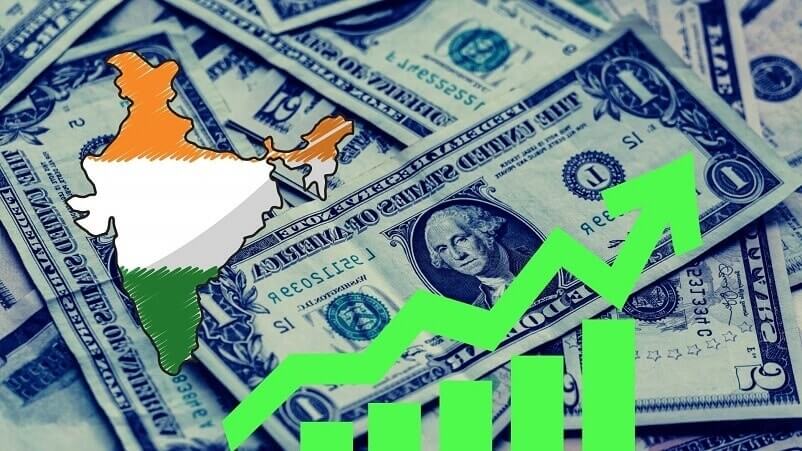Explore India’s resilient financial defenses and how they provided stability amidst global uncertainty.

Image: howtotradeonforex.github.io
The year 2014 marked a significant chapter in India’s economic history, with the country’s foreign exchange reserves (forex reserves) playing a pivotal role in safeguarding the nation from global financial volatility. Forex reserves, comprising foreign currencies, gold, and other assets, serve as a crucial buffer against external shocks, enabling a country to manage its external payments and maintain economic stability. Throughout 2014, India’s forex reserves stood tall, providing a bedrock of resilience that weathered the turbulence of international markets.
India’s Robust Forex Reserves: A Fortress Against Global Headwinds
India’s forex reserves witnessed a steady increase throughout 2014, driven by robust inflows from foreign institutional investors (FIIs) and remittances from overseas Indians. As of April 1, 2014, India’s forex reserves were valued at $318.4 billion, marking a healthy climb from $296.2 billion in the previous year. This growth was fueled by a surge in FII inflows, attracted by India’s relatively high interest rates and the positive outlook for the economy. Additionally, remittances from Indian expats, particularly those working in the Gulf region, played a significant role in boosting the country’s forex reserves.
Strengthening the Indian Rupee and Supporting Economic Growth
A robust level of forex reserves is of paramount importance for a country’s economy. Forex reserves act as a shield against external shocks, providing governments with the firepower to intervene in currency markets and curb excessive fluctuations in the exchange rate. In 2014, India’s forex reserves helped stabilize the Indian rupee, which faced depreciatory pressures due to global uncertainties and a widening current account deficit. The Reserve Bank of India (RBI) was able to intervene in the forex market, selling dollars and buying rupees to prevent the rupee from falling too sharply. This helped mitigate the impact of external headwinds on the Indian economy, supporting trade and investment.
Furthermore, ample forex reserves provide governments with the flexibility to repay external debt obligations, preserve foreign investments, and finance essential imports. This contributes to macroeconomic stability, sustains economic growth, and instills confidence among foreign investors. In 2014, India’s strong forex reserves buffer enabled the government to meet its external debt commitments, maintain foreign investor interest in the Indian economy, and finance imports of critical commodities such as oil and fertilizers.
Overcoming Currency Crises and Inflationary Pressures
In times of currency crises, adequate forex reserves can serve as a powerful weapon to restore market confidence and stabilize the exchange rate. By selling foreign currencies and buying the domestic currency, central banks can help stem the decline in the exchange rate, restoring confidence in the economy and preventing capital flight. In 2014, as the Indian rupee faced depreciation pressures, the RBI utilized India’s substantial forex reserves to intervene in the currency market, preventing a full-blown crisis.
Additionally, forex reserves play a crucial role in managing inflationary pressures. When the domestic currency depreciates against foreign currencies, the prices of imported goods increase, potentially fueling inflation. By selling foreign currencies and purchasing the domestic currency, the central bank can help stabilize the exchange rate, mitigating the inflationary impact of currency depreciation. In 2014, India’s forex reserves acted as a cushion against imported inflation, helping keep price pressures in check.

Image: in.investing.com
Forex Reserves In 2014 Of India
A Beacon of Stability in a Tumultuous World
In 2014, India’s robust forex reserves stood as a testament to the country’s economic resilience amid a turbulent global environment. As the world grappled with geopolitical uncertainties and financial market volatility, India’s forex reserves provided a much-needed buffer against external shocks. The country’s strong forex reserves shielded the economy from currency crises, managed inflationary pressures, and supported economic growth. India’s experience highlights the critical importance of maintaining healthy forex reserves, a cornerstone of economic stability and financial security in an increasingly interconnected global economy.






